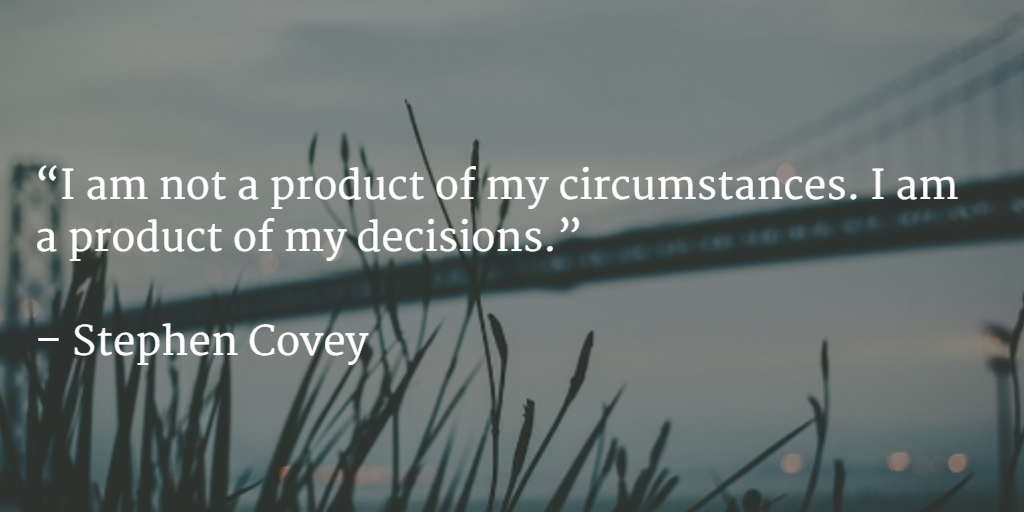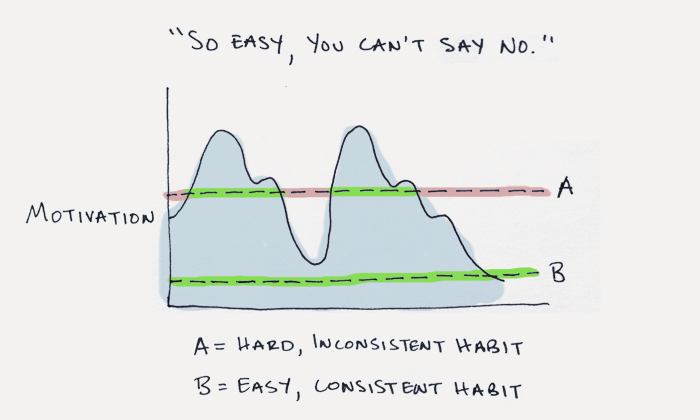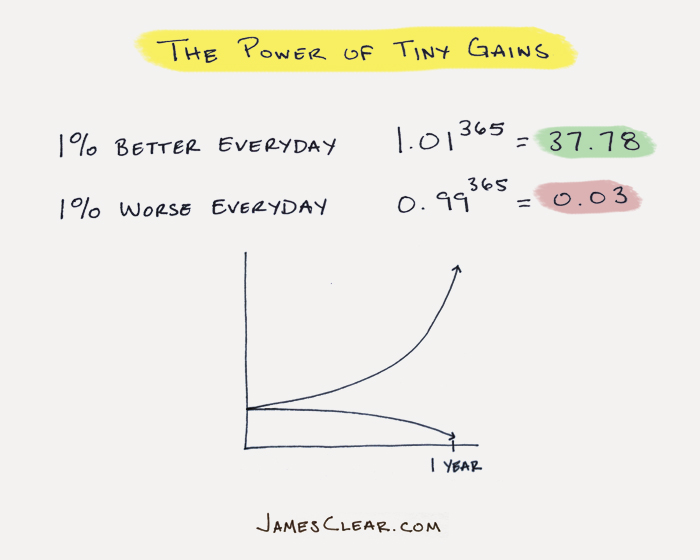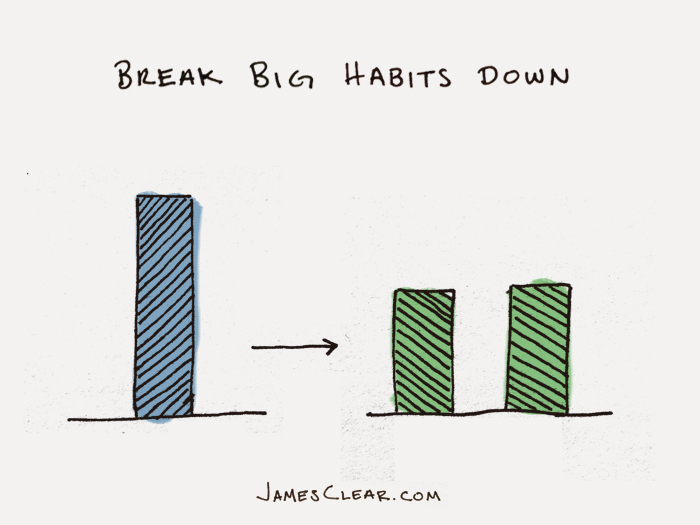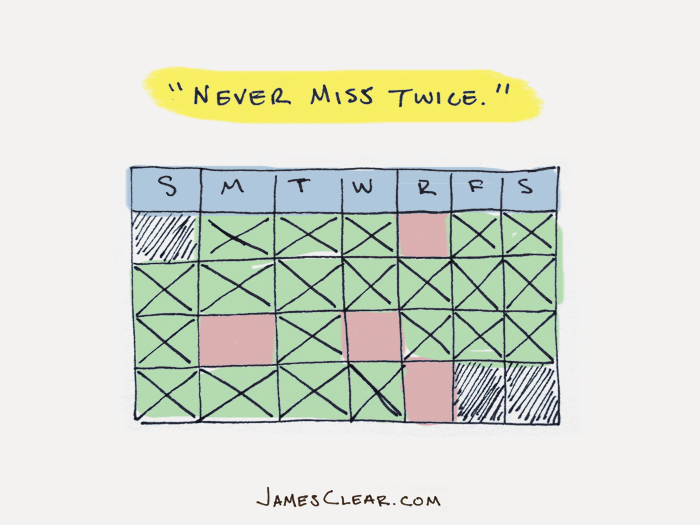Found this good piece on becoming a better business communicator at Life Hack:
Not A Communicative Person At Work? You Will be After Reading This by Karima Mariama-Arthur. She says:
Are you an effective communicator at work? If not, there’s no shame in admitting this, especially since there’s a lot that you can do about it. Even if you are simply hesistant about speaking up, you can actually add value by learning to become a more effective, engaged, and confident communicator using a few tried and true tips.
Consider the following five ways to hone your communication skills at work:
1. Become a better listener
When people think about becoming a better communicator, listening is usually not the first thing that comes to mind. However, before you can raise your communication IQ, you must first learn to become a better listener. By listening in earnest to what others think, feel, and expect, you can learn to craft your message more effectively. Too often people dimiss this idea and simply focus on crafting responses to what others are saying, rather than listening with the intent to learn and connect more deeply.
2. Focus on connecting with others
We’re humans and by definition, “we’re meant to connect,” says Lucidity CEO and communication expert Michele Gilliam Morrissey. We need human interaction and for reasons that range from biology to sociology, connecting with others is what the survival of our species requires. Social media and technology may have revolutionized the way that we communicate and of course we may even enjoy them. However, they cannot replace the warm, intimate, and interactive conversations that have fueled our need to be connected.
By focusing on connecting and developing rapport with others, you lay the foundation for trust, which allows you to communicate more effectively and capture the undivided attention of your audience.
3. Don’t be defensive
All great minds don’t necessarily think alike. And when they don’t, sometimes conflict can ensue. However, you can make the choice in advance not to become defensive and graciously allow others to express differing opinions without getting upset or lashing out. Also, because maintaining an open, positive, and collegial work environment is critical to supporting the lines of communication, being defensive is actually one of the least effective kinds of postures to assume. It also puts everyone else on edge, which is counterproductive.
4. Begin with the end in mind
Every opportunity to communciate, is an opportunity to become more effective and achieve specific goals. Get clear on which goal you are trying to accomplish before you begin. It’s easy to get sidetracked once an conversational exchange begins, but if you know which points you need to cover – even if you have to write them down – then you will be far more successful than if you haphazardly muddle your way through the conversation.
Additionally, if you begin to run short on time, you have the option of tabling your point(s) until the next available opportunity without sacrificing the meat of the discussion. You will also feel like you are making progress because you are keenly focused on achieving specific outcomes.
5. Step outside your comfort zone
Becoming a more effective communicator may require you to step outside of your comfort zone to become better. Maybe you are used to keeping quiet during critical discussions at work for fear that your ideas may be rejected. But why not begin to speak up and become part of needed solutions, instead of leaving them for others to solve?
Maybe you could benefit from communication training, but fear getting constructive feedback from others. If so, why not encourage yourself to be vulnerable and challenge yourself to grow for the greater good? Your ability to communicate will certainly improve and over time, the process won’t feel so uncomfortable, which is its own reward.....
Read the rest
at the link


